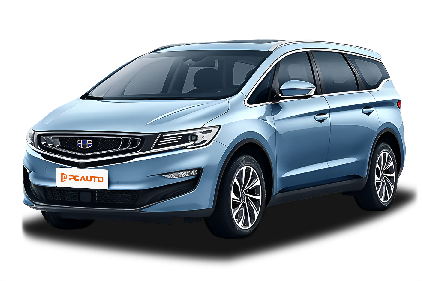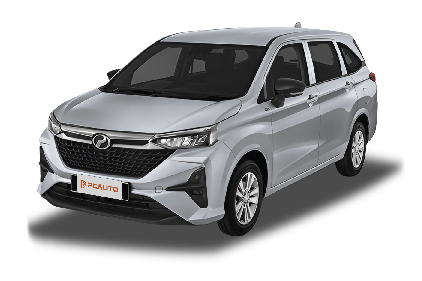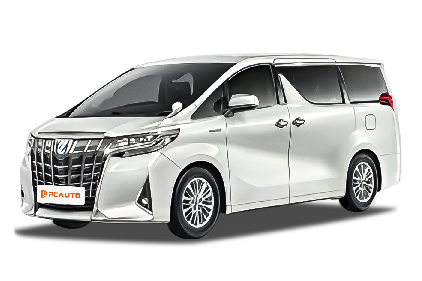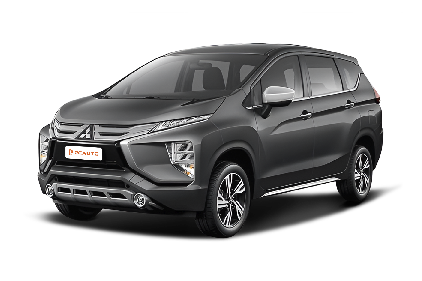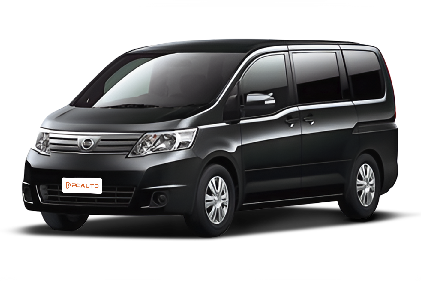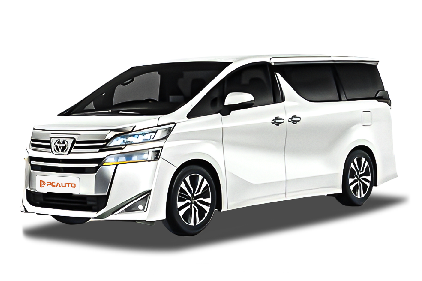Q
Is the Geely Emgrand X7 a good car?
The Geely Emgrand X7 is an SUV that has performed quite well in the Malaysian market. It has attracted many consumers with its spacious interior, rich configurations, and high cost - performance ratio. This vehicle is equipped with a 1.8L turbocharged engine. Its power performance is sufficient to meet the needs of daily driving, and at the same time, its fuel consumption is relatively reasonable, making it suitable for family use.
In terms of the interior, it uses materials that match its price range and is equipped with practical features such as a touch - screen and a rear - view camera, which enhance driving convenience. Regarding safety features, it offers basic airbags and a stability control system, which can meet the safety needs of ordinary families.
In the Malaysian market, its after - sales network is relatively well - established, and the maintenance costs are quite affordable. For consumers with a limited budget who want to buy an SUV, it is a good choice.
It's worth mentioning that when Malaysian consumers are choosing a car, apart from considering the vehicle's performance itself, they should also pay attention to the after - sales service network and the supply of spare parts. These factors are crucial for the long - term driving experience. It is recommended that interested consumers visit a nearby Geely dealership for a test drive to personally experience the actual performance of this car.
Q
How much horsepower does the Geely Emgrand X7 Sport have?
The Geely Emgrand X7 Sport is powered by a 1.8-liter turbocharged engine. It has a maximum horsepower output of 181 hp and a peak torque of 285 Nm. This engine adopts advanced turbocharging technology, which can provide abundant torque at low engine speeds. It's well - suited for the stop-and-go driving conditions on Malaysian city roads and also meets the power requirements for high-speed driving.
As an important model of Geely in the Malaysian market, the Emgrand X7 Sport's power performance is more than enough to meet the needs of daily family use and long-distance travel. Moreover, this vehicle is equipped with a variety of intelligent driving assistance systems, which enhance driving safety and comfort.
For Malaysian consumers, the Geely Emgrand X7 Sport not only has sufficient power but also offers high cost-effectiveness. It's a worthy option in the mid-size SUV market. Additionally, the application of turbocharging technology also enables the vehicle to perform well in terms of fuel economy, which is a significant advantage considering the relatively high fuel prices in Malaysia.
Q
What is the fuel consumption of the Geely Emgrand X7 Sport?
The fuel economy of the Geely Emgrand X7 Sport varies depending on specific driving conditions and powertrain configurations. Official data shows that the combined fuel consumption of its 1.8-liter turbocharged engine version is about 8 to 9 liters per 100 kilometers, while that of the 1.5-liter turbocharged version may be slightly lower, ranging from 7.5 to 8.5 liters. The actual fuel consumption will be affected by factors such as road conditions, driving habits, and vehicle load. For Malaysian users, the tropical climate and frequent urban congestion may slightly increase the fuel consumption. It is recommended to perform regular maintenance (such as replacing the air filter and spark plugs) and use fuel that meets the standards to optimize efficiency. SUVs in the same class, like the Proton X70 (also based on Geely technology), have similar fuel economy performance, which shows the advantage of small-displacement turbocharged engines in balancing power and fuel economy. If you want to further reduce the vehicle operating cost, you can consider energy-saving driving techniques such as gentle acceleration and maintaining proper tire pressure. These methods are applicable to any fuel-powered vehicle.
Q
What engine size does the Geely Emgrand X7 Sport have?
The Geely Emgrand X7 Sport available in the Malaysian market is equipped with a 1.8 - liter turbocharged gasoline engine. This four - cylinder engine can deliver approximately 181 horsepower and 285 Nm of torque. Paired with a 7 - speed dual - clutch transmission (DCT), it offers a smooth power delivery, making it suitable for both city and highway driving conditions.
This engine uses turbocharging technology, which can provide abundant torque at low engine speeds. It not only improves fuel economy but also meets the Euro 5 emission standards, taking environmental protection needs into account. For Malaysian consumers, the 1.8T engine displacement is considered a mid - to high - level configuration in the local market. It can meet the needs of family use without imposing an excessive road tax burden due to large engine displacement.
It's worth noting that turbocharged engines have become the mainstream trend in the Malaysian market. Compared with naturally aspirated engines, they can produce stronger power with a smaller displacement and are better adapted to the local hot climate. The cooling system has also been specifically optimized. If you're looking for a balance between fuel consumption and performance, this 1.8T engine is quite competitive among similar SUVs. I recommend taking a test drive to experience its power response and the matching performance of the transmission.
Q
Does Geely Emgrand X7 Sport equip with a reverse camera?
The Geely Emgrand X7 Sport is indeed equipped with a reversing camera. This is a practical feature of the model, which can help drivers observe the rear situation more clearly when reversing and improve driving safety. For Malaysian consumers, this feature is particularly suitable for the urban driving environment. For example, it's very useful when reversing in a narrow parking lot or a crowded street. The reversing camera is usually used in conjunction with the reversing radar, displaying real - time images on the central control screen. Some models also come with dynamic guiding lines to help judge distances.
In addition to the reversing camera, the Emgrand X7 Sport may also be equipped with other driving assistance features, such as parking sensors or a 360 - degree panoramic imaging system. The specific configuration may vary depending on the year and version. It is recommended that you confirm the specific configuration list of the latest model with your local dealer before purchasing. You can also take a test drive to experience the actual effects of these features in person, so as to better understand how the driving assistance system of this car can meet your daily needs.
